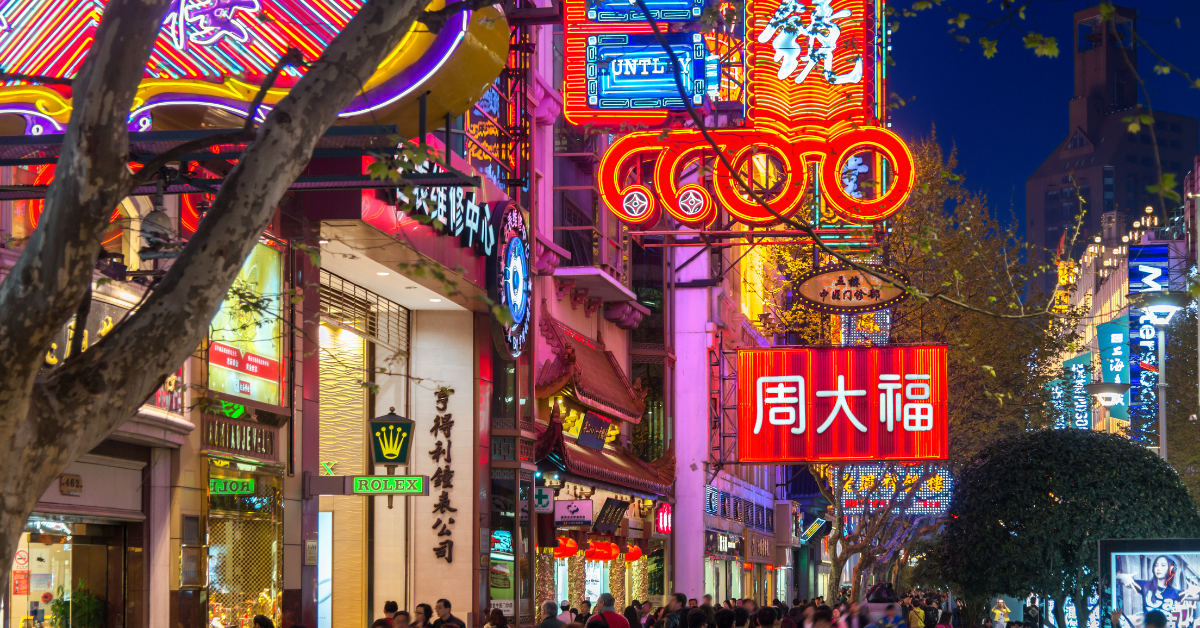Nanjing is known in Japan as “an ancient capital with a deep history” and “a city of culture and learning.” For Japanese people, it is not only a travel destination but also a place tied to memory, education, and even international sports. Understanding these multiple layers of impressions allows foreigners to see why Nanjing holds a unique place in Japanese perspectives.
- Historical Image of Nanjing Among Japanese People
- Cultural Image of Nanjing Among Japanese People
- Tourist Image of Nanjing for Japanese People
- Nanjing as a Sports City for Japanese People
- Summary of Japanese Impressions of Nanjing
- Japanese Impressions of Nanjing’s Tourist Attractions
- Japanese Impressions of Nanjing’s Cultural Experiences
- Nanjing’s Role in Sports and International Exchange
- Conclusion
Historical Image of Nanjing Among Japanese People
Nanjing has a long history and has served as the capital for several dynasties. In particular, during the Six Dynasties period and the early Ming Dynasty, it functioned as the national capital, cementing its identity as “the southern capital.” This has led Japanese people to strongly perceive Nanjing as “a city that symbolizes Chinese history.”
However, Nanjing also plays a role in modern history, especially within the context of Sino-Japanese relations, which makes it a city tied to complex emotions for many Japanese. As a result, Nanjing is seen both as a “tourist destination” and as a “place of learning and remembrance.”
Cultural Image of Nanjing Among Japanese People
Nanjing is also widely recognized as a hub of education and culture. Japanese visitors often first think of Nanjing University, a prestigious institution, reinforcing the image of the city as “a capital of learning.” Traditional crafts such as Nanjing Yunjin brocade and the refined garden culture are valued as “symbols of Chinese traditional beauty.”
Local cuisine, often described as “well-suited to Japanese tastes,” further enhances the city’s appeal. Museums and traditional arts provide opportunities for deeper cultural experiences, leading Japanese people to see Nanjing as “a city where tradition and innovation coexist.”
Tourist Image of Nanjing for Japanese People
Nanjing’s appeal as a tourist city is strong. For Japanese visitors, it is perceived as “a place where history and nature can be enjoyed together.” Sites such as Sun Yat-sen Mausoleum and the Ming Xiaoling Tomb are remembered as “majestic historical monuments,” while scenic spots like Xuanwu Lake and Purple Mountain are valued as “natural landscapes in harmony with the city.”
Travel guides and social media reinforce this perception, embedding the idea of Nanjing as “a city where both culture and nature can be experienced.”
Nanjing as a Sports City for Japanese People
In recent years, sports have added a new dimension to Japanese impressions of Nanjing. The 2014 Youth Olympic Games, hosted in Nanjing, received international attention and made Japanese people recognize the city as “an international stage for sports.”
Basketball and soccer, in particular, have become fields of Sino-Japanese interaction. Through these sports, Nanjing is increasingly seen as “a city of future-oriented exchange.” Sports transcend language and cultural barriers, making them a powerful channel of connection between Japanese and Nanjing residents.
Summary of Japanese Impressions of Nanjing
| Perspective | Main Image Among Japanese People | Notes |
|---|---|---|
| History | Ancient capital, dynastic seat | Strong impression of Six Dynasties and Ming Dynasty |
| Culture | City of learning and arts | Nanjing University, Yunjin brocade, gardens |
| Tourism | City blending historical sites with nature | Sun Yat-sen Mausoleum, Ming Xiaoling, Xuanwu Lake, Purple Mountain |
| Modern City | Cosmopolitan and globally connected city | Skyscrapers, modern facilities, study abroad, business hub |
| Sports | Host of international sports events | Youth Olympics, basketball and soccer exchange |
| Historical Memory | City tied to complex memories | Modern Sino-Japanese history and education focus |
Japanese Impressions of Nanjing’s Tourist Attractions
| Attraction | Japanese Impression | Features |
|---|---|---|
| Sun Yat-sen Mausoleum | Majestic and historically significant | Mausoleum of Sun Yat-sen, symbol of modern Chinese history |
| Ming Xiaoling Tomb | Highly valued as a World Heritage site | Tomb of Ming founder Zhu Yuanzhang |
| Xuanwu Lake | An urban oasis of relaxation | Popular park for both citizens and tourists |
| Purple Mountain | Where nature and history merge | Home to observatories and ancient relics |
Japanese Impressions of Nanjing’s Cultural Experiences
| Cultural Experience | Japanese Impression | Features |
|---|---|---|
| Nanjing Yunjin Brocade | Luxurious and delicate craftsmanship | Brocade once used for imperial garments |
| Nanjing Cuisine | Well-suited to Japanese tastes | Light, savory flavors, familiar to Japanese palates |
| Garden Culture | Elegant and serene beauty | Representative of Chinese classical gardens |
| Museum Visits | Valuable as places of learning | Nanjing Museum, one of China’s three great museums |
Nanjing’s Role in Sports and International Exchange
| Sports Field | Japanese Impression | Features |
|---|---|---|
| Youth Olympics | Platform for global youth exchange | Hosted in 2014, widely reported in Japan |
| Basketball | A field of Sino-Japanese interaction | Japanese players and coaches involved in Chinese leagues |
| Soccer | Friendship fostered through competition | Active exchange through student games and tournaments |
| Marathon | Event uniting citizens and tourists | Nanjing International Marathon as a participatory event |
Conclusion
For Japanese people, Nanjing is not simply a tourist city. It is simultaneously a stage of history, a symbol of culture and learning, and a hub of international sports exchange.
When foreigners visit Nanjing, understanding these layered impressions can make their travel and cultural experiences deeper and more meaningful. For Japanese people, Nanjing remains “a city to learn from the past, enjoy in the present, and connect with the future.”






